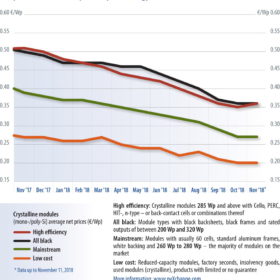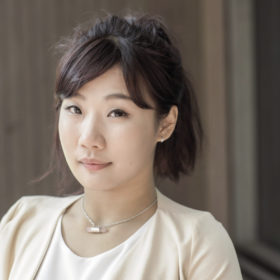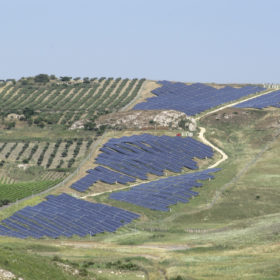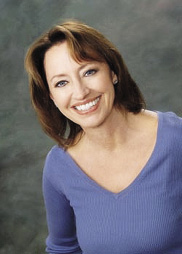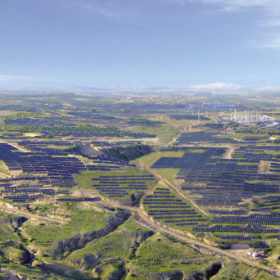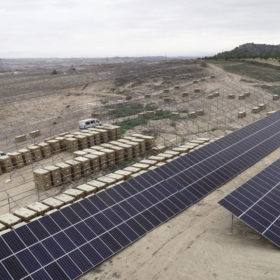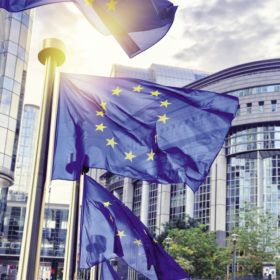Politics dominate!
The very day we sent this edition of pv magazine, the final for 2018, to the printer, the Australian Labor Party announced a multifaceted suite of policy measures aimed at fostering cheaper, cleaner power for business and homeowners into the future.
Moment in the sun
Solar stocks have outperformed the broader market since our last publication on October 16.
Zero planning security
“I’m not installing anymore this year – I’m not going to put myself through that kind of stress.” You increasingly hear this or something similar when you talk shop to planners or installers in Germany these days. And you can also hear some variant of, “If I order more modules now, can you guarantee me that I’ll actually get them on time?” In short, there is a simmering discontent in the market that occasionally boils over into all-out anger but also expresses itself as simple resignation. So, what is it that has quashed the generally positive mood so quickly?
Positive signals from China boost 2019 forecasts
The Chinese market is rebounding from its 31/5 setback. Demand could reach 42.5 GW next year, writes PV InfoLink Chief Analyst Corrine Lin. But the actual target will depend on China’s official target announcements at the end of this year. If the target is set high, actual demand is likely to be higher than anticipated.
Revamping and repowering: the size of the opportunity
The concept of revamping and repowering is one of the newest terms in the solar industry. As the installed base of photovoltaic (PV) systems ages, the concept of upgrading and improving operating plants becomes increasingly relevant to both manufacturers and PV plant asset managers. However, the real market size for new PV components in existing plants will depend on the characteristics of each plant, the overall regulatory framework and the economic benefits that will accrue to asset managers.
What to expect of 2019 with one caveat; it can all change in an instant
At the beginning of 2018, expectations were high for another high growth year. Pundits expected over 110 GWp of PV installations, perhaps as high as 130 GWp. Manufacturers confidently announced capacity expansion plans based on the assumption that strong growth was a certainty. It was not to be.
A call to action
Solar PV has come a long way as a power generation technology. As highlighted in SolarPower Europe’s Global Market Outlook for 2018 to 2022, solar added 98 GW of net generation capacity last year, eclipsing all other forms of electricity generation. But solar needs to do a lot more, and to do it very soon if we want to limit greenhouse gas (GHG) emissions and keep global warming to below 1.5°C from pre-industrial levels.
China’s 31/5 malaise
While recent signs from the Chinese administration, including the National Energy Administration, are that the PV sector in the country will return to robust health, the contagion of the 31/5 policies is still being felt throughout the supply chain. Vincent Shaw in Shanghai investigates the symptoms and causes of Chinese solar’s ill health.
The sun mine
The country boasting the highest solar irradiance in Europe has now clearly resumed its race to become a superpower in renewable energy. Pushed by its large-scale segment, the Spanish PV market is expected to see strong growth for the entire next decade. Several factors are contributing to short-term success, including lower module costs and a hike in prices in the local spot electricity market. A series of challenges, however, may provide lower than expected growth, such as grid capacity and rules for access. Although the current Spanish government is seeking to improve the regulatory framework, caution must be advised on the policy side.
Now or never for the EU
The European solar industry is on its knees, but the EU appears willing to set a course for reconstruction. With SolarPower Europe and the European Solar Manufacturing Council, there are now two associations that are actively advancing a course for strong solar industrial policy among the EU bureaucrats in Brussels. The goals, however, are somewhat different.


